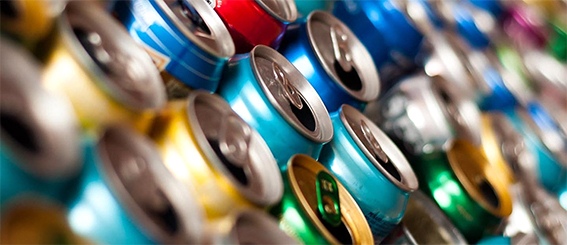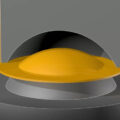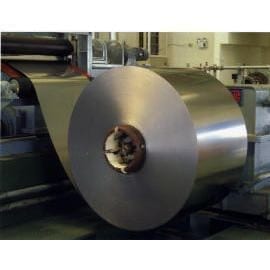A can is a metal container designed to preserve and transport liquids and canned products intended for human consumption. Cans can vary in size, but commonly for beverages, they range from 33 cl to 50 cl. Today, most cans are made of aluminum, although steel or tinplate cans can also be found.
The process of manufacturing a can is complex and requires precision at every step. Initially, the starting point is a metal coil that is passed through a press, where discs are obtained that take the shape of cylindrical cups or plates. These discs are formed into cans by a process that involves stretching the metal through a series of rings, thus reaching the final diameter and forming the characteristic domed bottom. This drawing process also creates a wavy edge that is then trimmed to give the can the correct height.
During can forming, lubricating oils are used to facilitate operations and prevent damage to the metal. Once the basic shape of the can is achieved, a shaping operation called neck forming is performed, where progressive tapering is applied and the eyelashes are formed. To avoid wrinkles during this process, a kerosene film is applied to the top of the can.
Cans are quality tested to ensure that they are free of defects such as cracks and holes. Once approved, the can is filled and hermetically sealed, where the top flange is folded around the lid to seal the can.
In terms of mechanical properties, the cans are subject to tensile, compressive and shear stresses. These stresses can be studied by means of the Stress-Strain curve, which describes the mechanical properties of the material. For example, soda cans have been subjected to compression studies to understand how they deform and break under specific loads. For these studies, strain gauges and measuring equipment are used to determine material characteristics, such as Young’s modulus and Poisson’s ratio, which characterize the elastic behavior of the material.
Soda cans are an example of collaboration between different industrial sectors and continue to evolve in terms of materials and manufacturing processes, improving their functionality and efficiency.













